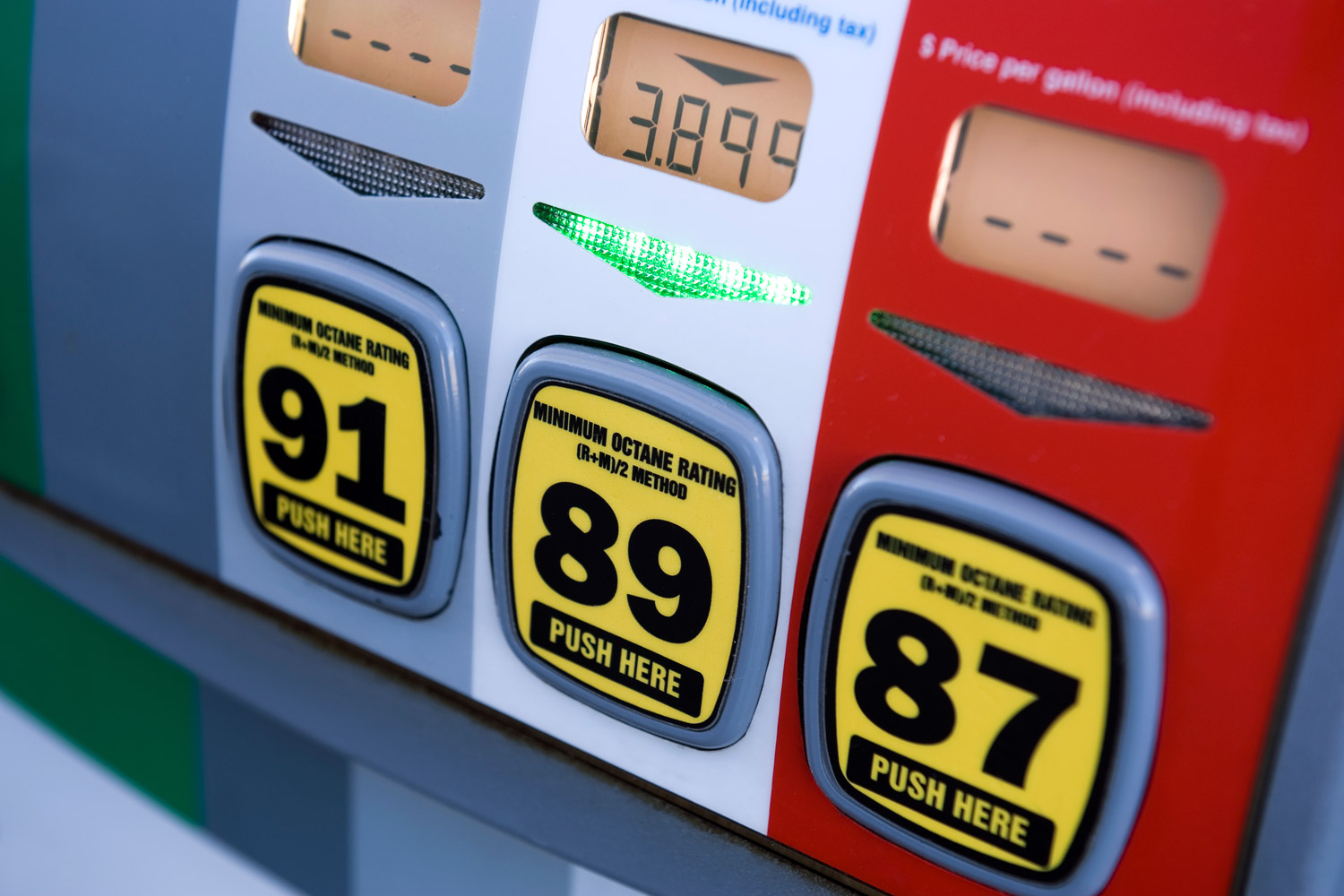
With the tumult in the Ukraine continuing, there’s been a lot of talk over the last week about how the U.S. may have a major lever in the fight against Putin’s Russia—petro-politics. Usually, it’s emerging markets like Russia that use oil and gas as a political tool. And indeed, the fact that countries like Germany get about a third of their energy from Russia is a key reason that Europe hasn’t been as willing to go along with trade sanctions in the past. Sure, the Russians need Europe as much as Europe needs them (if not more)—about 70 percent of Russia’s export revenues come from oil and gas, much of it sold to the Continent. But no European leader wants to risk an energy shortfall or peak prices in the middle of winter.
The question is whether the U.S., which is becoming a major shale oil and gas producer in its own right, can actually do anything to help Europe loosen the Russian energy noose. The Obama administration believes it can, and is pushing to accelerate the process of getting American liquid natural gas (LNG) online and ready for export. A front-page story in the New York Times hinted that American energy could make a big difference in Europe, and in the conflict with Russia.
I think that view is overly optimistic. Here are three reasons why:
The bottom line: American can’t save Europe when it comes to energy. The Continent needs to wean itself off Russian gas, no question. But it’s more likely to do that by rethinking its recent reductions in nuclear energy and overly generous subsidies for green energy (which have pushed up prices), as well as by looking abroad to places like West Africa for new energy sources than by counting on the US for a quick energy fix. While America’s push to speed up the LNG approval process may send a useful political message to Putin, it won’t change the European energy dynamic on the ground anytime soon.
More Must-Reads From TIME
- The 100 Most Influential People of 2024
- The Revolution of Yulia Navalnaya
- 6 Compliments That Land Every Time
- What's the Deal With the Bitcoin Halving?
- If You're Dating Right Now , You're Brave: Column
- The AI That Could Heal a Divided Internet
- Fallout Is a Brilliant Model for the Future of Video Game Adaptations
- Want Weekly Recs on What to Watch, Read, and More? Sign Up for Worth Your Time
Contact us at letters@time.com